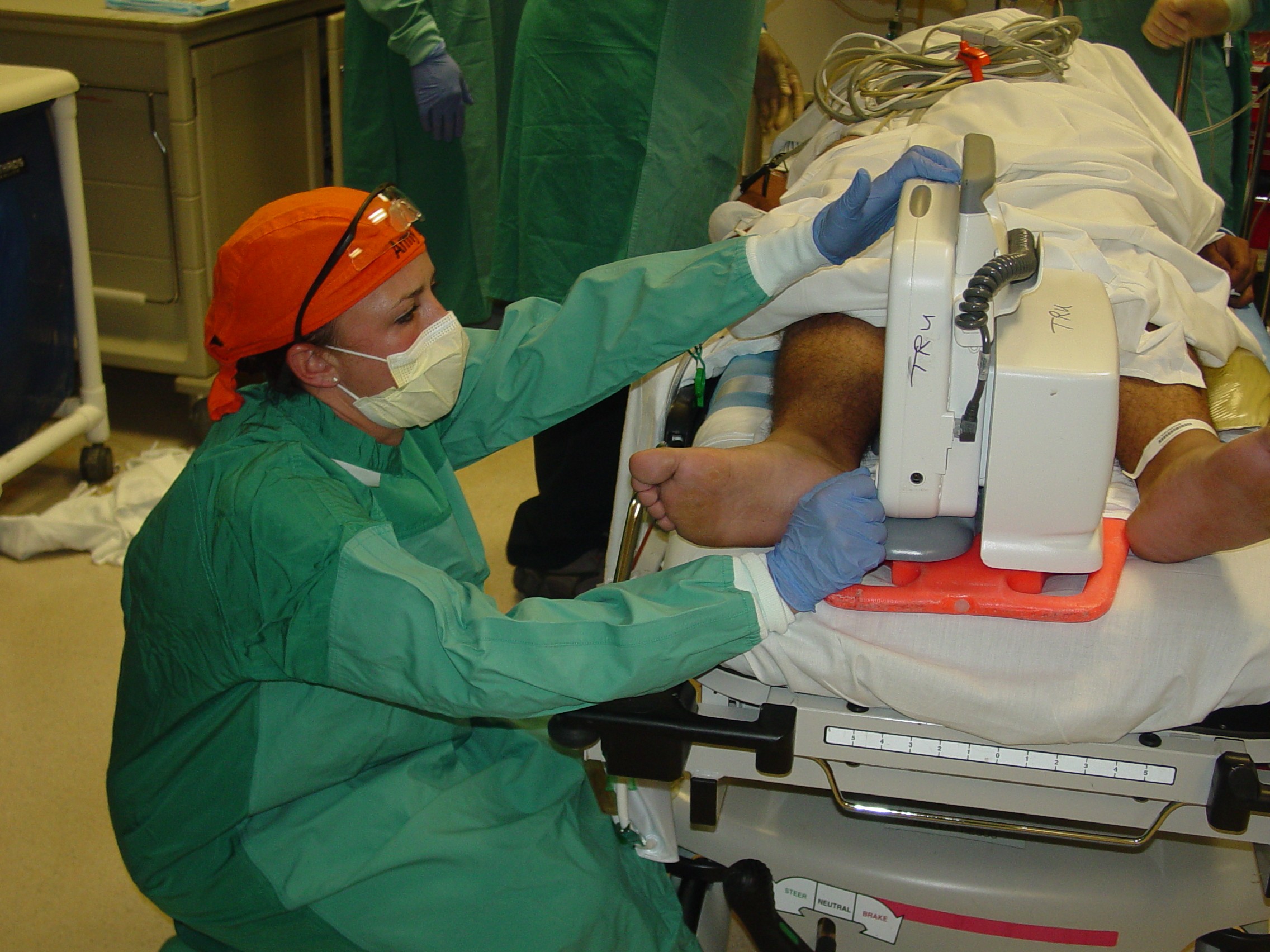Members of the 2nd Forward Surgical Team recently attended trauma team training held in Miami.
The Army Trauma Training Center is the Department of Defense Center of Excellence in trauma team training. ATTC is conducted at Ryder Trauma Center in Miami, which admits more than 5,000 trauma patients a year. This provides real-life, team-focused training to forward surgical teams. The mission of the ATTC is to train military clinical teams for the care of injured Soldiers on the battlefield.
The 2nd FST is a 20-person team that performs triage, preoperative resuscitation, initial surgery and postoperative nursing care for up to 30 injured patients within 72 hours on the battlefield.
The 2nd FST performs unit plans and movement, routine and specialized operations and mission-related task organization and coordinates directly with the 10th Combat Support Hospital, which is part of the 1st Medical Brigade.
A two-week rotation at the ATTC is broken down into three phases, from arrival to departure.
For the first five days the team receives lecture presentations that cover core trauma and the basis of team development. This phase ends after the FST conducts a mass-casualty exercise. The MASCAL exercise tests the team's ability to work under great stress with multiple casualties and the opportunity to give timely decisions on casualty flow.
During the next five days, the team performs patient care on day and night shifts in the trauma resuscitation unit, observation area and the operating room. Working day and night shifts, the team hones its skills in a variety of actual clinical situations which closely model battlefield injuries.
The effect of working in this environment emphasizes the ability not only to work as a team, but be a team that functions well with others. All of this leads to the capstone exercise, in which the FST assumes control of the TRU and OR at the Ryder Trauma Center for 48 hours of continuous operations.
During the 2nd FST's rotation at the ATTC, the team quickly enhanced its communication skills and composure while demonstrating its understanding of its roles in either the TRU or the OR. The team members operating in the TRU gradually switched from their normal roles to other team roles, which allowed them additional proficiency and confidence. Most importantly, each team eventually identified each member's strengths and weaknesses, providing a high volume of cohesion and the ability to battle the chaotic situations.
According to Sgt. Timothy O'Keefe, noncommissioned officer in charge of Advanced Trauma Life Support, the ATTC offers some of the best training an FST can get, and all of his section took away critical skills that will improve teamwork and communication.
The NCOIC of the FST's Intensive Care Unit, Sgt. Josh Brustoski said, "it's unbelievable the amount of confidence that was built within each member's role, within each section and the 2nd FST as a whole. Definitely unparalleled to any medical training the Army medics can receive."
Maj. John M. Spurgeon, chief nurse, said, "during our time at the ATTC the 2nd FST personnel trained in their jobs as surgeons, nurses, medics and operating room technicians. They also cross trained, which will allow maximum flexibility and efficiency in providing the best possible medical care on the battlefield."
"The ATTC rotation is invaluable in team training, especially for a brand new team that hasn't deployed together in the past," said Maj. Dean Fellabaum, commander, 2nd FST. "Only two members of the 2nd FST have deployed with (an) FST in the past, but I feel confident that we can perform our mission successfully."


Social Sharing